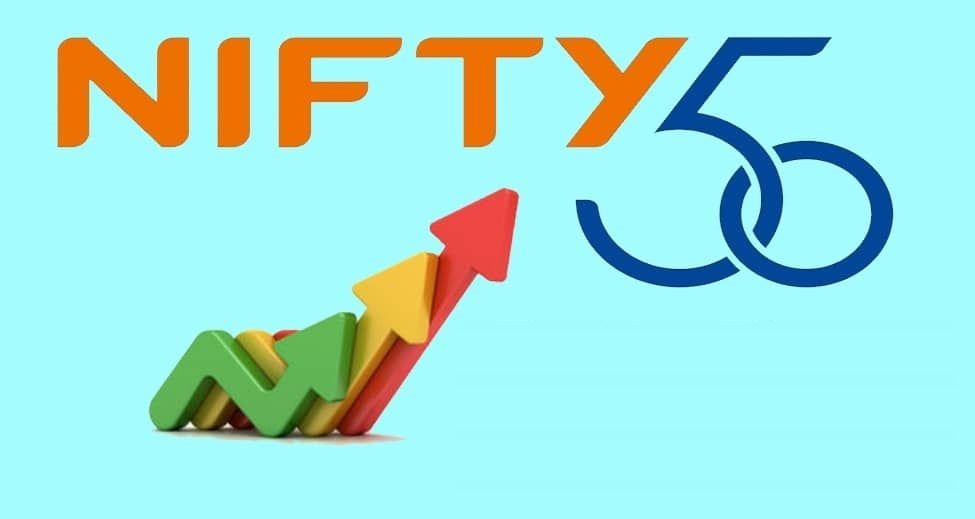14 May , 2025 By : Debdeep Gupta

\Benchmark indices Nifty 50 and Sensex saw gains at the opening bell on Wednesday, May 14, as cooling inflation supported the market sentiment, with investors penciling in expectations of increased rate cuts from the Reserve Bank of India.
At 09:28 am, the Sensex was up 467.86 points or 0.58 percent at 81,616.08, and the Nifty was up 152.35 points or 0.62 percent at 24,730.70. About 2157 shares advanced, which indicates the market breadth was in favour of the bulls, 609 shares declined, and 115 shares were unchanged.
All sectoral indices were trading with gains, barring the Nifty Pharma index. The Nifty IT and the Nifty PSU Bank indices led the gains, rising to 0.8 percent. The broader markets were in line with the benchmarks, also rising half a percent in early trade.
India's consumer price inflation for April moderated to multi-year lows of 3.16 percent, as a result of easing food inflation, led by contracting vegetable inflation. This marks the lowest CPI print since July 2019. The softer-than-expected inflation led to investors hoping for a deeper rate cut cycle from the RBI.
"Global markets are in a state of flux, moving up and down in response to continuously changing policy scenarios. Trump’s reciprocal tariff policy, which caused tremors in markets, is now done and dusted with a deal emerging between the US and China. It appears that the trend of weakening the dollar is over. The US 10-year yield has spiked to 4.47 percent, and this might impact the FII fund flows to India, which has been keeping the Indian market resilient," said VK Vijayakumar, Chief Investment Strategist, Geojit Investments.
He added that there is also a risk of hot money again moving to cheaper Chinese stocks in the new environment of an improving US-China relationship.
Global markets mixed
Overnight, the dollar fell and major U.S. stock indices rose on news that U.S. consumer inflation picked up less than expected in April, when President Donald Trump unveiled a raft of tariffs that have wreaked havoc on global markets.
The S&P 500 and the Nasdaq advanced on the softer-than-expected inflation numbers and easing of U.S.-China trade tensions. The S&P 500 rose 0.72 percent and the Nasdaq Composite rose 1.61 percent.
The Dow Jones Industrial Average fell 0.64 percent, under pressure from UnitedHealth's slide after the company suspended its annual forecast and its CEO stepped down.
Technical levels
On the downside, immediate support for the Nifty 50 is seen at the 24,500 level, with a stronger base near the 24,300 mark; buying on dips could be considered as long as the index holds above the 24,200 level on a closing basis.
"A breach below these support levels could trigger renewed selling pressure. On the upside, 24,700 remains a key resistance level, followed by a significant hurdle around the 25,000 mark. A decisive breakout above this zone is essential to sustain fresh buying momentum," noted Hardik Matalia, Derivative Analyst at Choice Broking.
Options market
"The options data has tilted cautiously bearish. Call writers have become more active at higher strikes, triggering a wave of put unwinding, reflecting a retreat of bullish positions. Put writers are now relocating to lower strikes, a textbook sign of weakening bullish confidence," said Dhupesh Dhameja, Derivatives Research analyst, SAMCO Securities.
He added that the 25,000 call strike has amassed significant open interest of over 1.30 crore contracts, making it a formidable resistance. Meanwhile, the 24,500 put strike has seen hefty writing with 60.52 lakh contracts, confirming it as a vital demand zone.
Open Interest clusters between 24,700–24,900 reflect stiff overhead hurdles. The Put-Call Ratio (PCR) has plunged from 1.18 to 0.69, underlining rising bearish sentiment. Max Pain is currently positioned at 24,550, suggesting the market awaits a decisive directional catalyst.
Strategy for investors
Given the current market dynamics, traders are advised to adopt a disciplined approach with strict risk management, focusing on short-term trading opportunities. Considering prevailing global uncertainties, it is also prudent to avoid large overnight positions and enforce tight risk controls, shared Matalia.
0 Comment